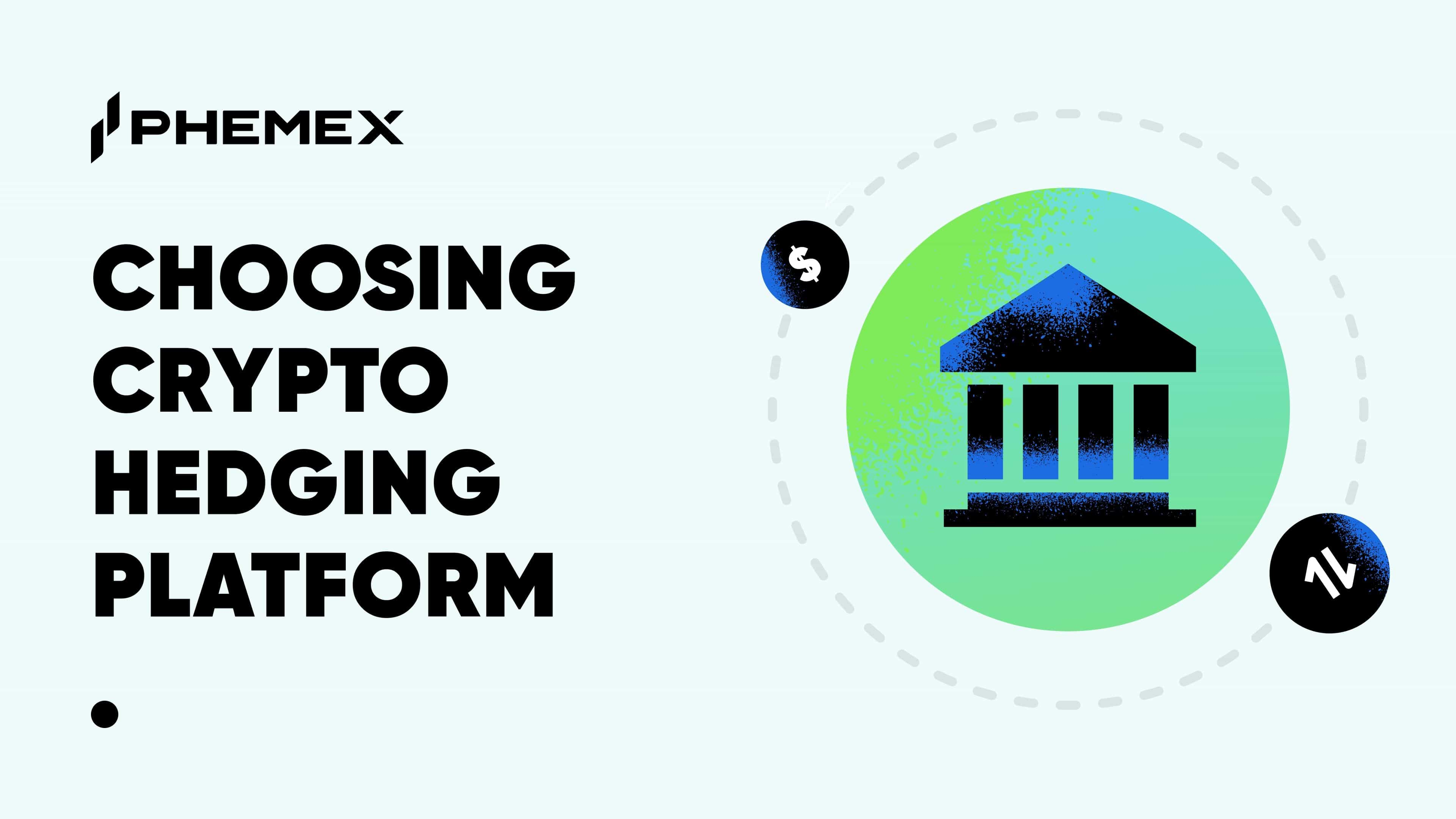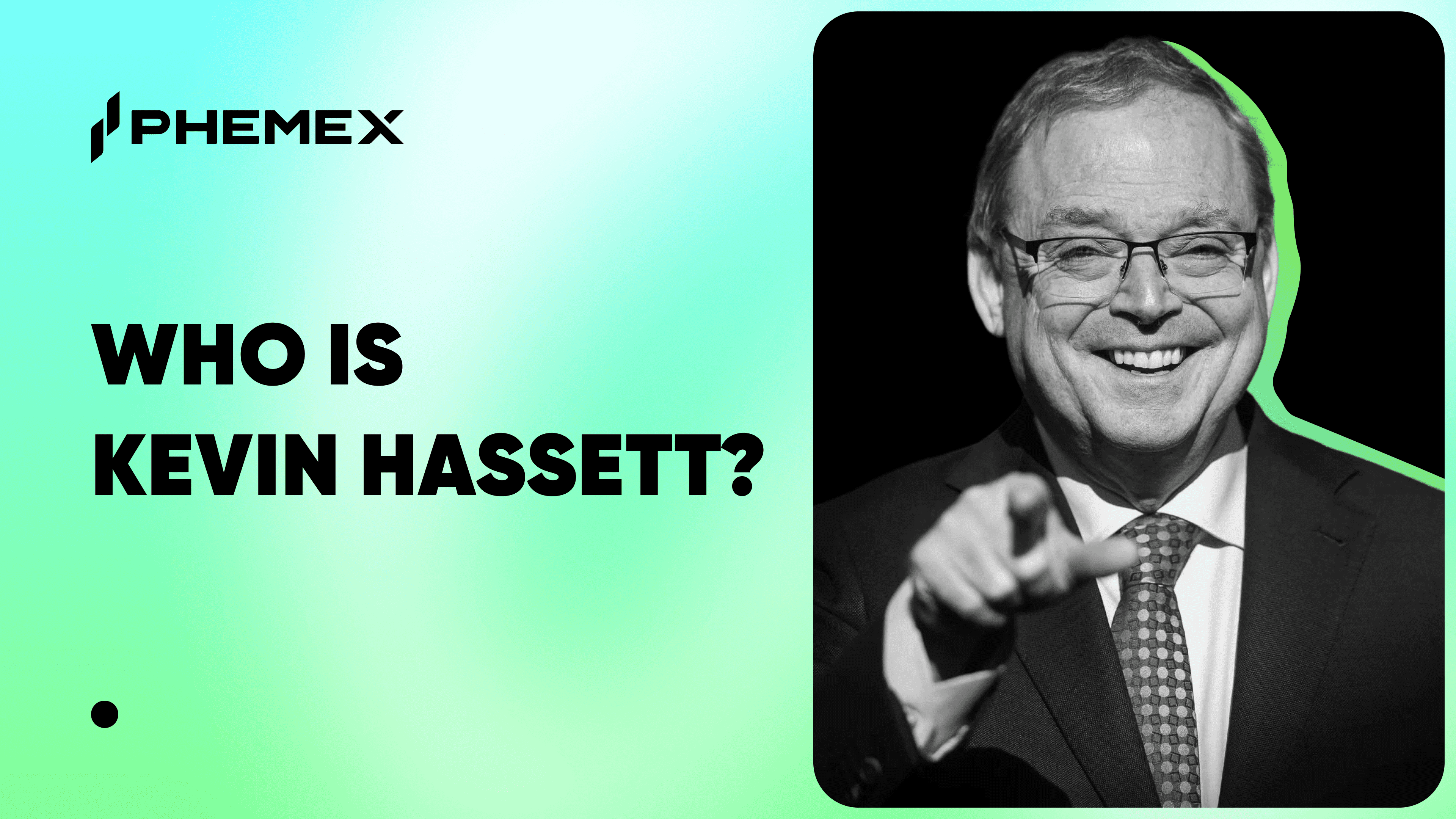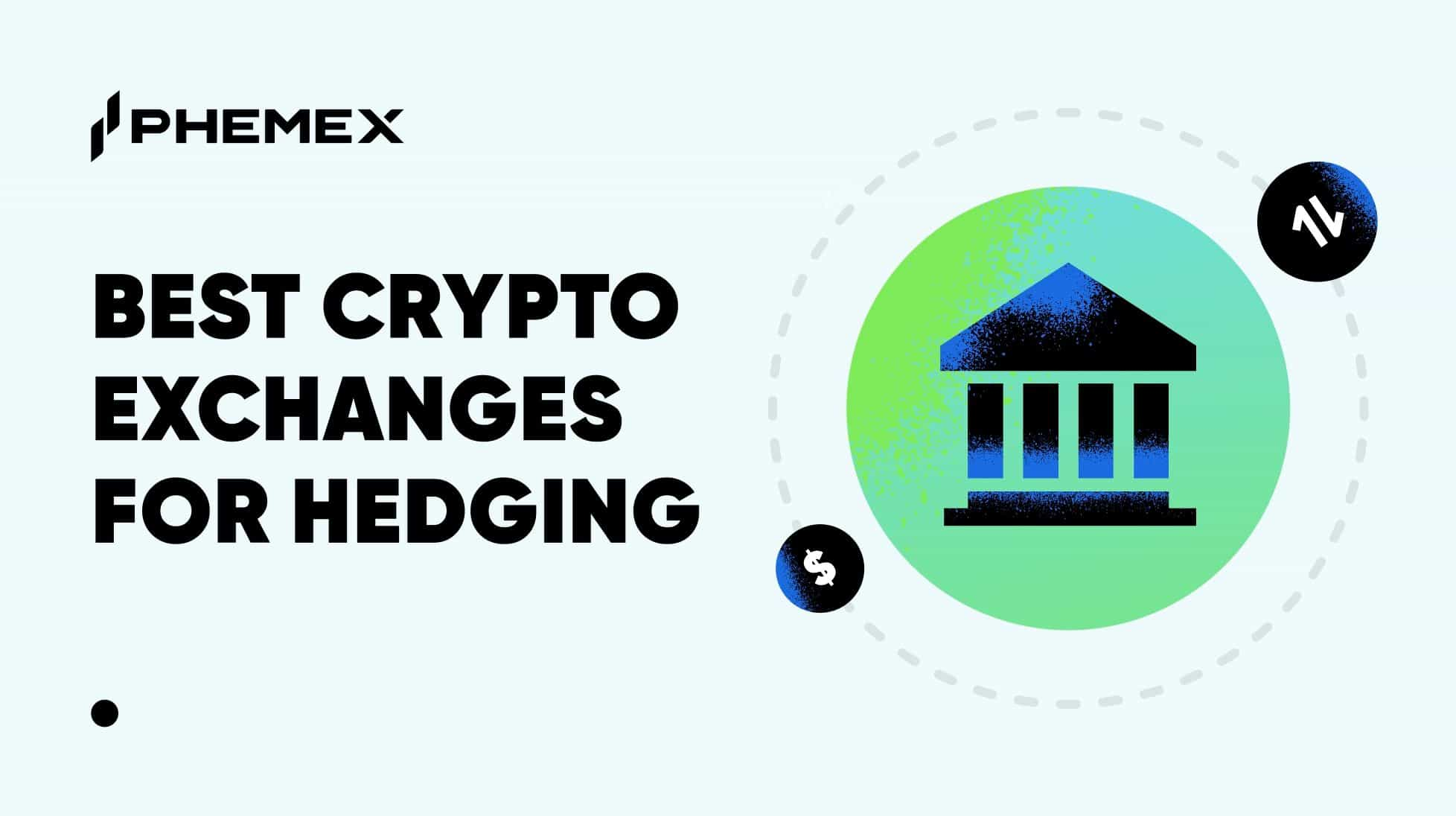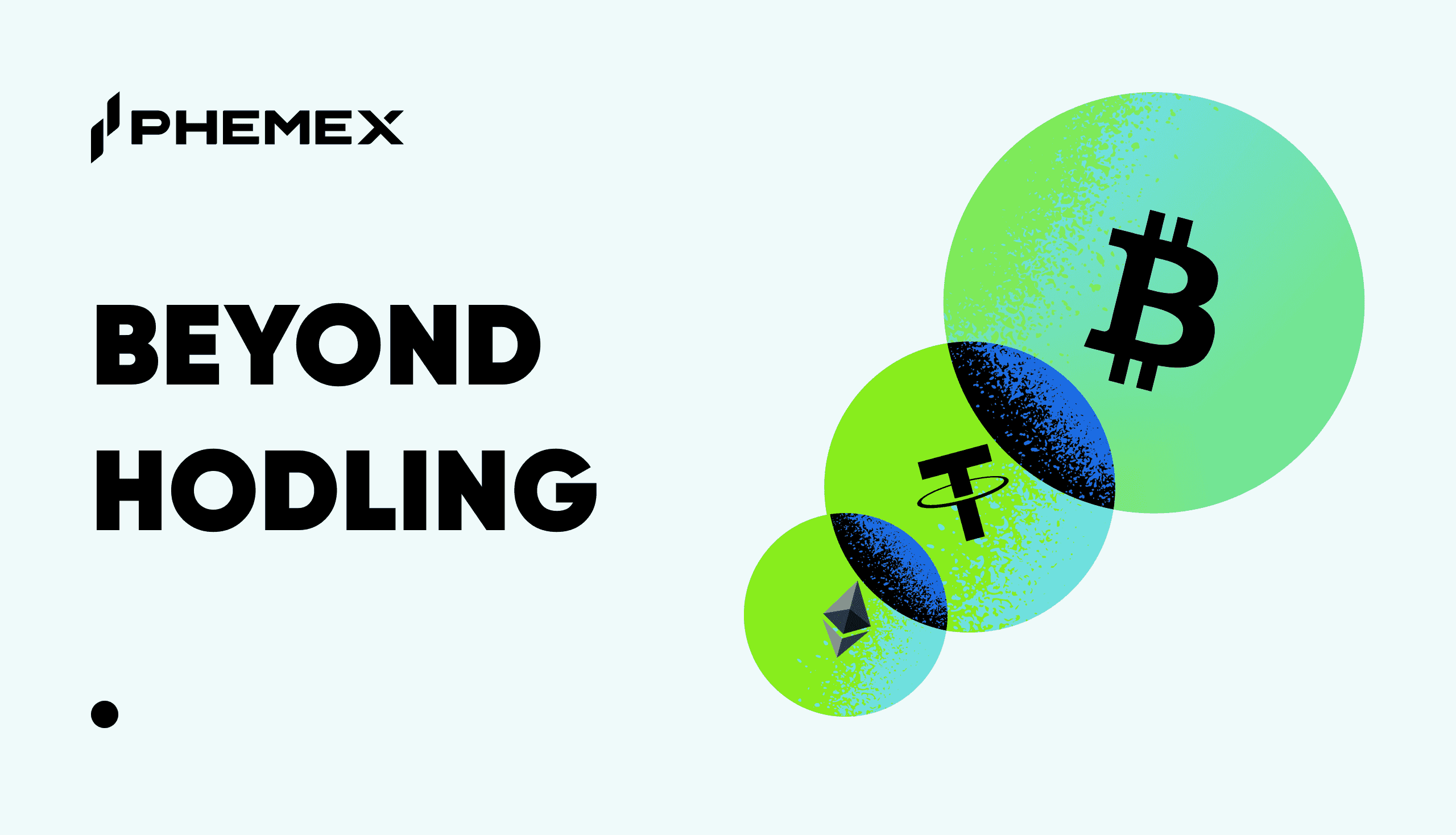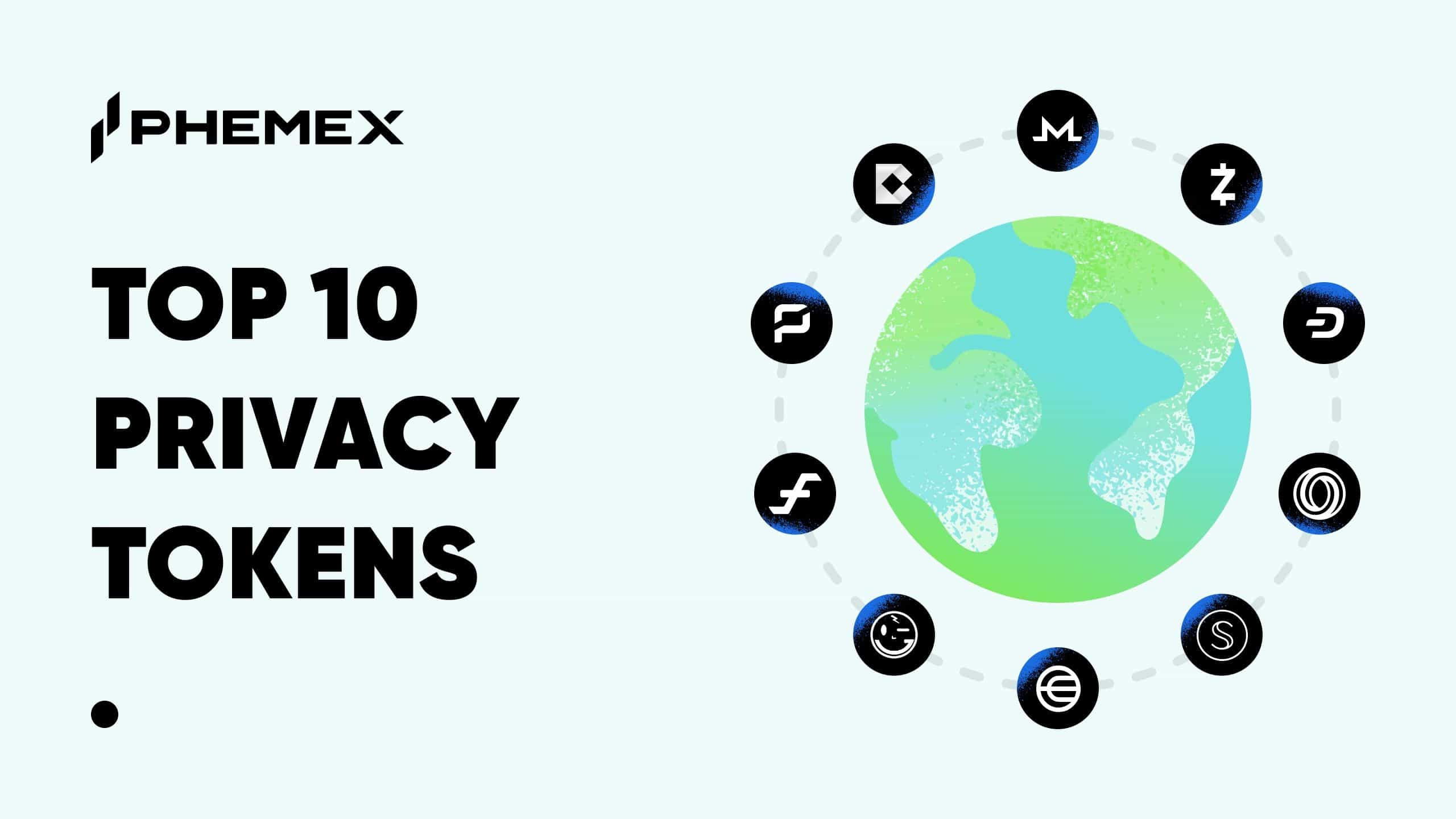The Countdown Is Over: A New Crypto Paradigm Is Born
It's official. On August 1, 2025, the world of stablecoins will fundamentally split into two distinct eras: the Wild West, and the new, regulated frontier. While the market has long been dominated by offshore, often opaque giants, Hong Kong is about to unleash a new species of digital asset.
On May 21, 2025, the Hong Kong Legislative Council decisively passed the landmark Stablecoins Ordinance. This isn't just another regional regulation; it's the launch of a "bank-grade," government-supervised stablecoin paradigm. This new class of asset is designed not merely for speculative trading, but to build a foundational trust layer for the entire digital asset economy, with a laser focus on tokenizing real-world assets (RWA).
As Hong Kong's Financial Secretary, Paul Chan, emphasized, this initiative is about "better serving the real economy." Similarly, Secretary for Financial Services and the Treasury, Christopher Hui, clarified that these stablecoins are not "get-rich-quick tools," but powerful "financial development tools."
For savvy traders and investors on platforms like Phemex, this is more than just news from the East. It's a seismic shift that signals the maturation of the crypto market and the dawn of a new, regulated gold rush. This article will break down Hong Kong's grand strategy, dissect its radically stringent regulatory model, reveal the major players already moving in, and provide a practical playbook for capitalizing on the opportunities that lie ahead.
The Blueprint for Dominance: Hong Kong's "LEAP" Strategy
Hong Kong's move is not a knee-jerk reaction; it's a meticulously planned strategic offensive. The government's vision is laid out in its "Policy Declaration on the Development of Virtual Assets 2.0," which is built upon four pillars known by the acronym LEAP. Understanding this strategy is key to grasping the sheer scale of Hong Kong's ambition.
-
L - Law and Regulation: The cornerstone of the entire strategy is the Stablecoins Ordinance. By creating a clear, robust, and predictable legal framework, Hong Kong is directly addressing the number one concern of institutional and sophisticated retail investors: regulatory risk. This legal certainty is designed to attract capital that has remained on the sidelines, fearful of the regulatory ambiguity that plagues other jurisdictions.
-
E - Ecosystem and Enablers: A law is useless without a vibrant ecosystem. Hong Kong is actively fostering an environment for Web3 companies, digital asset exchanges, and institutional players to thrive. This includes everything from funding programs to talent development. The goal is to create a self-reinforcing loop where regulatory clarity attracts companies, which in turn build innovative products, attracting more users and capital. The government's open dialogue, exemplified by the active participation of firms like Delin Holdings, is proof of this commitment.
-
A - Application and Adoption: Unlike early crypto projects focused on abstract ideals, Hong Kong's focus is relentlessly practical. As Financial Secretary Paul Chan noted, the primary goal is to solve "long-standing pain points like slow speed and high costs in cross-border payments." The government envisions stablecoins being used to streamline international trade, enhance capital market efficiency, and provide cost-effective payment alternatives for both businesses and citizens. This focus on real-world utility, particularly Real-World Asset (RWA) tokenization, is what sets this initiative apart.
-
P - Partnership and Promotion: Hong Kong isn't building this digital fortress in isolation. Officials have been actively engaging with international counterparts. The keen interest from South Korea's financial industry and regulators in Hong Kong's stablecoin model is a testament to its potential as a new global standard. By sharing its regulatory experience, Hong Kong is positioning itself not just as a regional hub, but as a thought leader shaping the future of global digital finance.
"Tougher Than a Bank?": Inside Hong Kong's Radical Regulatory Model
The true game-changer lies in the details of the regulation. Hong Kong Monetary Authority (HKMA) Chief Executive, Eddie Yue, made a statement that sent shockwaves through the industry: the entry barrier for stablecoin issuers is "extremely high, almost on par with the supervision of banks."
For a market weary of stablecoin de-pegs and reserve transparency issues following the collapse of projects like Terra/LUNA, this is the most powerful signal imaginable. Let's break down what makes this model so radically different.
Official Terminology: Targeting Fiat-Referenced Stablecoins (FRS)
First, precision is key. The Stablecoins Ordinance specifically targets what it officially terms "fiat-referenced stablecoins (FRS)". This means the regulations are aimed squarely at stablecoins that claim to be backed by and maintain a stable value relative to fiat currencies like the Hong Kong Dollar (HKD) or US Dollar (USD). This immediately distinguishes the regulated environment from the risks associated with algorithmic or crypto-backed stablecoins.
The Path to a License: Consultation and Sandbox
This "bank-grade" framework wasn't created in a vacuum. It is the result of a rigorous, multi-stage process designed to build confidence and ensure stability from day one.
-
HKMA Stablecoin Consultation: The HKMA conducted extensive consultations with industry players, academics, and the public. This collaborative approach ensured the final rules were not only robust but also commercially viable and practical to implement.
-
The Regulatory Sandbox: Before any full licenses are granted, aspiring issuers must first prove their mettle in a controlled regulatory sandbox. This "live-fire" testing environment allows the HKMA to scrutinize an applicant's technology, risk management protocols, governance structures, and AML/CFT (Anti-Money Laundering and Counter-Financing of Terrorism) systems in real-time. Only those who graduate from this demanding process will be considered for a license.
The Comparison: A New Gold Standard
To truly appreciate the leap forward, let's compare Hong Kong's FRS model to the legacy stablecoins that dominate the market today.
| Feature | Legacy Stablecoins (e.g., USDT) | Hong Kong Licensed FRS (Post-Aug 1, 2025) |
| Oversight | Offshore jurisdictions, self-regulation | Hong Kong Monetary Authority (HKMA), a top-tier global regulator |
| Regulatory Bar | Varies, often opaque and based on attestations | "Almost as high as a bank" (Quote: Eddie Yue, HKMA Chief) |
| Reserve Assets | Mix of cash, T-bills, commercial paper, other assets | Strictly high-quality, liquid assets; full segregation mandated by law |
| Transparency | Periodic, self-reported attestations | Mandatory, regular, and independent audits and public disclosures |
| Redemption | Best-effort basis, subject to issuer's terms | Legally-enforced right to redeem at par value in a timely manner |
| Trust Source | Issuer's reputation and market dominance | Government law, regulatory supervision, and legal certainty |
| Primary Use Case | Crypto-to-crypto trading, DeFi collateral | Cross-border trade, RWA settlement, payments, capital markets |
This table makes it clear: Hong Kong is not just regulating stablecoins; it's creating a "trust layer" for the digital economy.
The First Movers: Meet the Titans Building the Future
A robust regulatory framework is only as good as the players it attracts. The participants already active in Hong Kong's sandbox reveal the powerful convergence of traditional finance (TradFi) and crypto innovation that is underway.
The Ambitious Visionary: Delin Holdings
A prime example is Delin Holdings, a Hong Kong asset management firm. Its Chairman, Chen Ningdi, made a bold and revealing statement: "Issuing a stablecoin is equivalent to having the right to issue currency." This demonstrates the scale of ambition among local players. They don't just see this as a new product; they see it as a foundational element of a new financial system.
Crucially, Chen outlined a clear strategy: once licensed, Delin Holdings will focus on tokenizing traditional financial assets into RWAs, making them accessible to a global pool of buyers via the blockchain. They are already planning partnerships with custodian banks and virtual asset exchanges—a clear signal to platforms like Phemex.
The TradFi Giant: Standard Chartered
Perhaps the most significant signal to the Western world is the reported involvement of Standard Chartered. The presence of a globally systemic bank, a household name in London and New York, in discussions and explorations around a Hong Kong stablecoin is a monumental vote of confidence.
When a giant like Standard Chartered enters the fray, it legitimizes the entire endeavor. It tells institutional investors that this is not a fringe crypto experiment but a serious, mainstream financial evolution. Their expertise in global compliance, custody, and risk management will be invaluable, further solidifying the "bank-grade" nature of Hong Kong's FRS.
The Fintech Innovators: RD InnoTech Limited
The ecosystem is not just for giants. The presence of firms like RD InnoTech Limited in the sandbox highlights Hong Kong's commitment to fostering innovation at all levels. These nimble fintech players are crucial for developing novel applications and pushing the technological boundaries of what's possible with a regulated stablecoin.
This diverse mix of ambitious asset managers, global banking titans, and agile fintechs is creating a competitive and dynamic environment, ensuring the resulting FRS ecosystem will be both robust and innovative.
The Trader's Playbook: How to Capitalize on the Hong Kong Revolution
For traders on Phemex, this regulatory shift isn't just a matter of academic interest. It's the starting pistol for a race to capture new forms of alpha. Here’s a practical playbook for what to watch and how to position yourself.
1. The "Trust Premium" Arbitrage
A government-backed, fully-audited, "bank-grade" stablecoin (let's call it HKDS for now) will likely be perceived as safer than its offshore counterparts. This could create a "trust premium." It's plausible that in times of market stress, 1 HKDS might trade at a slight premium to 1 USDC or 1 USDT, as capital flows to perceived safety. Shrewd traders can watch for and capitalize on these micro-inefficiencies between HKDS/USDC and HKDS/USDT pairs.
2. The Gateway to the RWA Gold Rush
This is the multi-trillion dollar opportunity. The primary purpose of Hong Kong's FRS is to be the settlement layer for Real-World Assets. Imagine a future where you can trade fractionalized ownership of:
-
A skyscraper in Central, Hong Kong
-
A portfolio of private credit loans
-
Government bonds or corporate debt
-
Fine art or luxury collectibles
These assets, previously accessible only to institutional or ultra-high-net-worth investors, will be tokenized and traded on-chain. Hong Kong's licensed stablecoin will be the compliant, stable medium of exchange to buy, sell, and settle these RWA tokens. Phemex users should be preparing for the arrival of these new asset classes, which will offer diversification and yield opportunities far beyond traditional crypto.
3. The New Asian FX Hub
With Hong Kong actively engaging with South Korea and other Asian financial centers, a licensed HKD stablecoin could become a digital bridge currency for the region. This could create new, highly efficient digital foreign exchange corridors, such as HKDS/KRW-S or HKDS/SGD-S. This opens up new avenues for FX traders and arbitrageurs operating in the 24/7 crypto market, bypassing the slower, more expensive traditional banking rails.
4. The "Safe Haven" Stablecoin
In the crypto world, "flight to safety" often means moving from altcoins to Bitcoin or a major stablecoin. In the future, it could mean moving from less-regulated stablecoins to a Hong Kong FRS. During periods of extreme market volatility or a crisis of confidence in another major stablecoin, a "bank-grade" FRS backed by the full force of the HKMA's regulatory regime could become the ultimate digital safe haven. Holding a portion of one's stablecoin portfolio in a Hong Kong FRS could become a key risk management strategy.
Challenges and Headwinds on the Horizon
Despite the immense potential, the path ahead is not without challenges. A balanced view requires acknowledging them:
-
The Liquidity Battle: The biggest hurdle will be wrestling liquidity and network effects away from established giants like USDT and USDC, which have a combined market cap in the hundreds of billions.
-
The Adoption Question: Will users outside of Asia see a compelling reason to switch from the USD-denominated stablecoins they are familiar with? Success will depend on the unique utility offered, particularly in the RWA space.
-
The Geopolitical Lens: Western observers will inevitably view this development through a geopolitical lens. Hong Kong's ability to maintain a transparent, predictable, and globally-aligned regulatory environment will be critical to building and maintaining international trust.
Conclusion: The East Has Built It, Now the World Will Come
While the West continues to debate the intricacies of stablecoin legislation, Hong Kong has acted. The launch of its regulated stablecoin framework on August 1 is not an endpoint; it is the starting pistol for the tokenization of the real economy.
Hong Kong is not trying to beat USDT at its own game. It is creating an entirely new game, played on a field of regulatory certainty and institutional trust. It is a bold wager that the future of finance belongs not to the fastest and loosest, but to the safest and most reliable.
The question is no longer if regulated digital assets will become mainstream, but who will write the rules and lead the charge. With a clear strategy, a "bank-grade" framework, and the backing of global financial titans, all signs point to Hong Kong. The East has built the foundation for a trusted digital future. For traders and investors on Phemex, the time to prepare for what comes next is now.
What are your thoughts on a 'bank-grade' stablecoin? Will you trade it? Follow Phemex Official X and join the conversation!
Stay ahead of the curve. Keep an eye on the Phemex blog for the latest market-moving insights.
Prepare your portfolio for the next generation of digital assets. Sign up on Phemex today!





